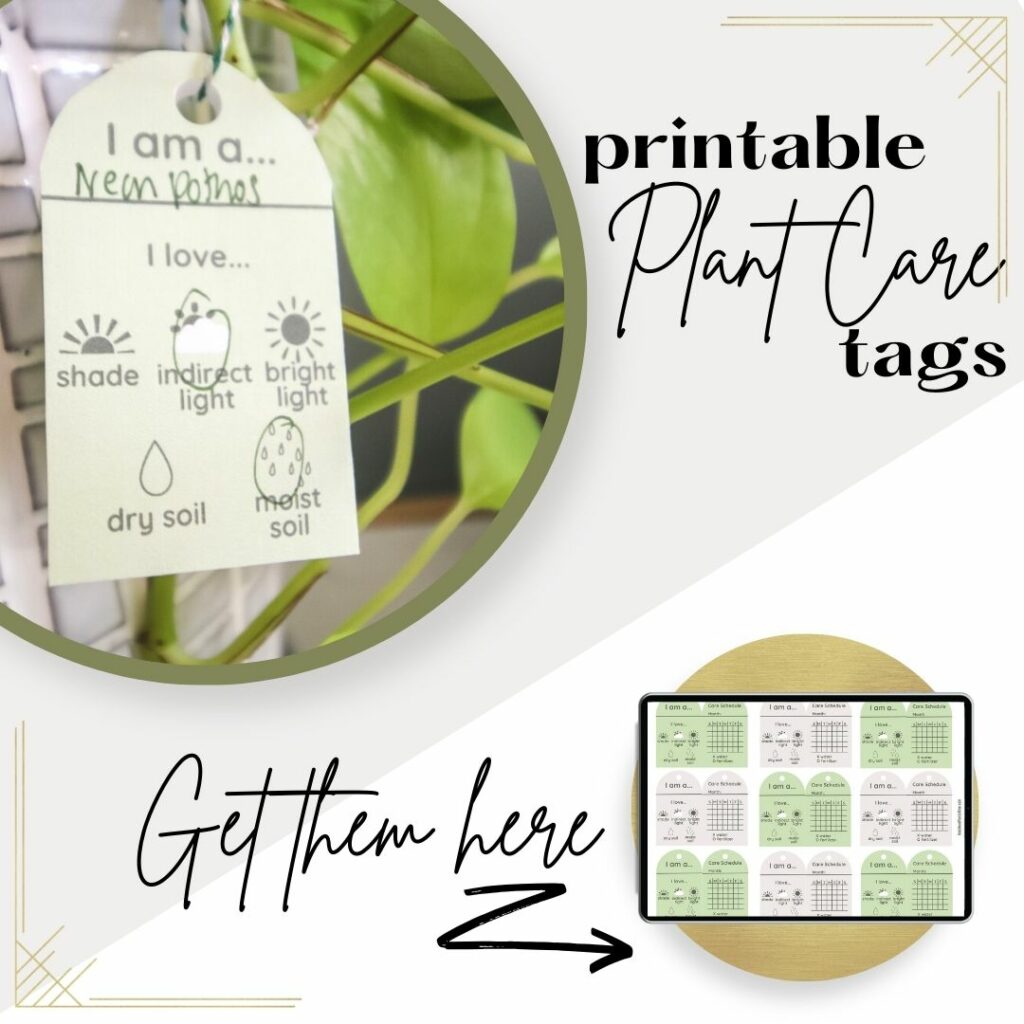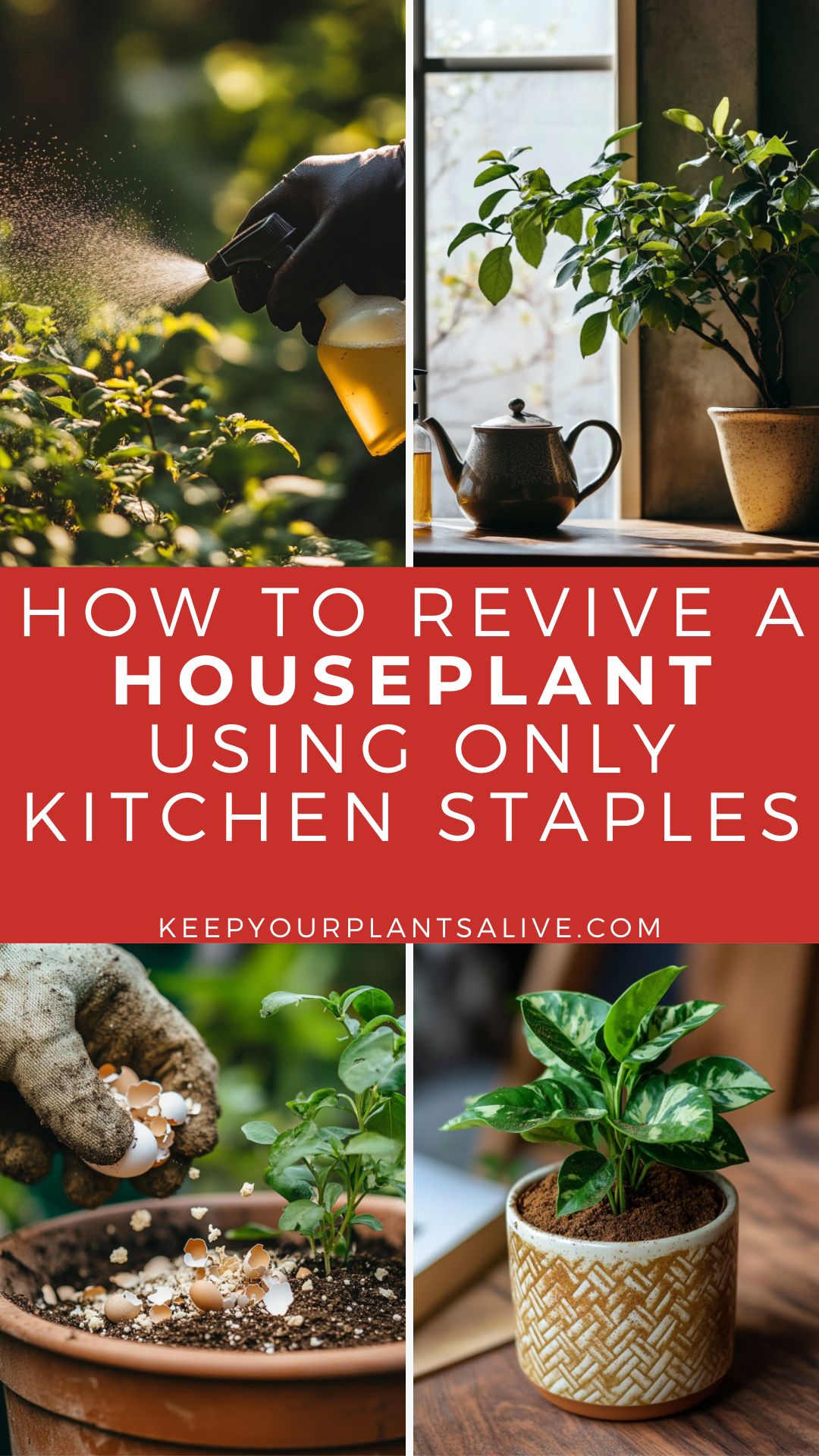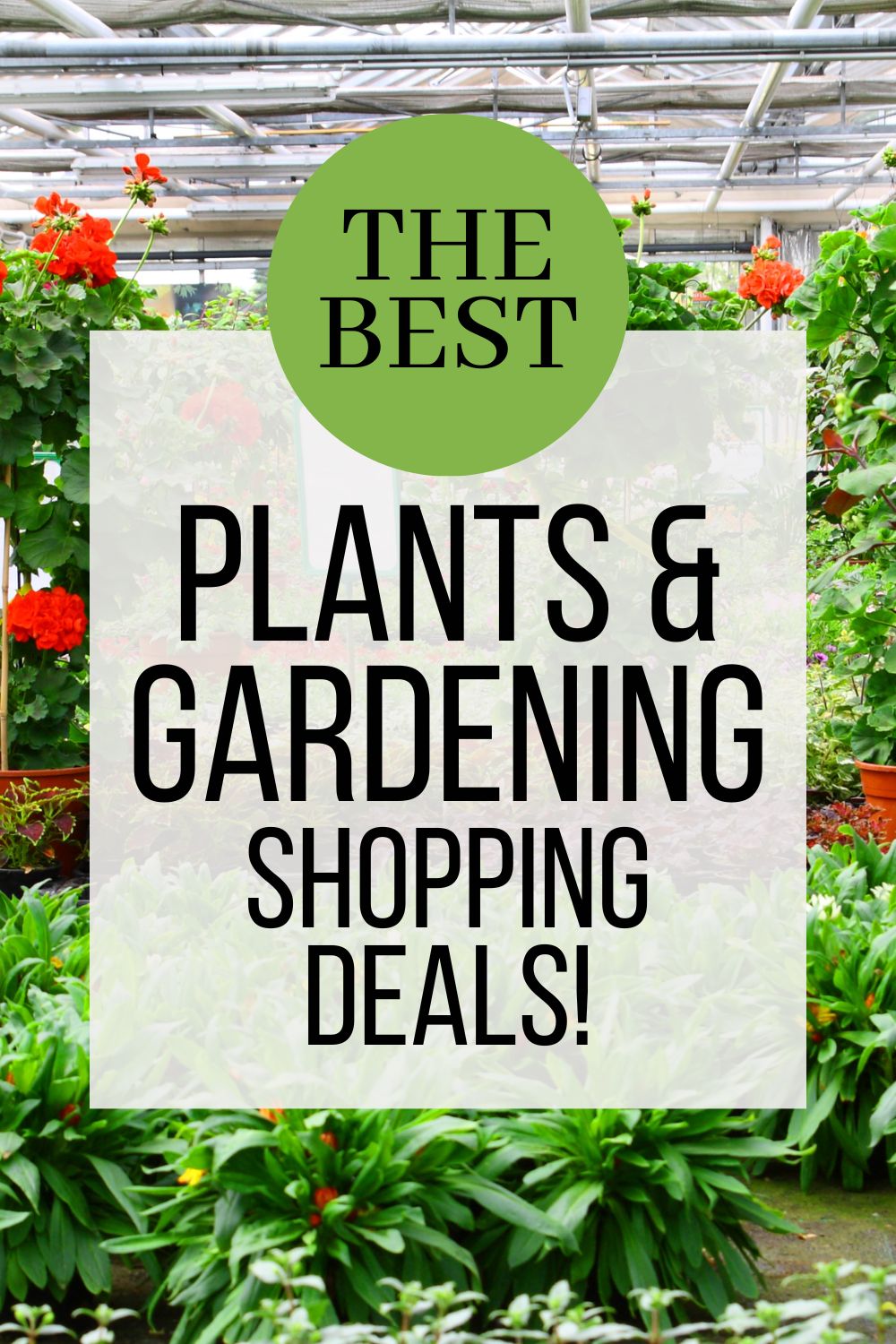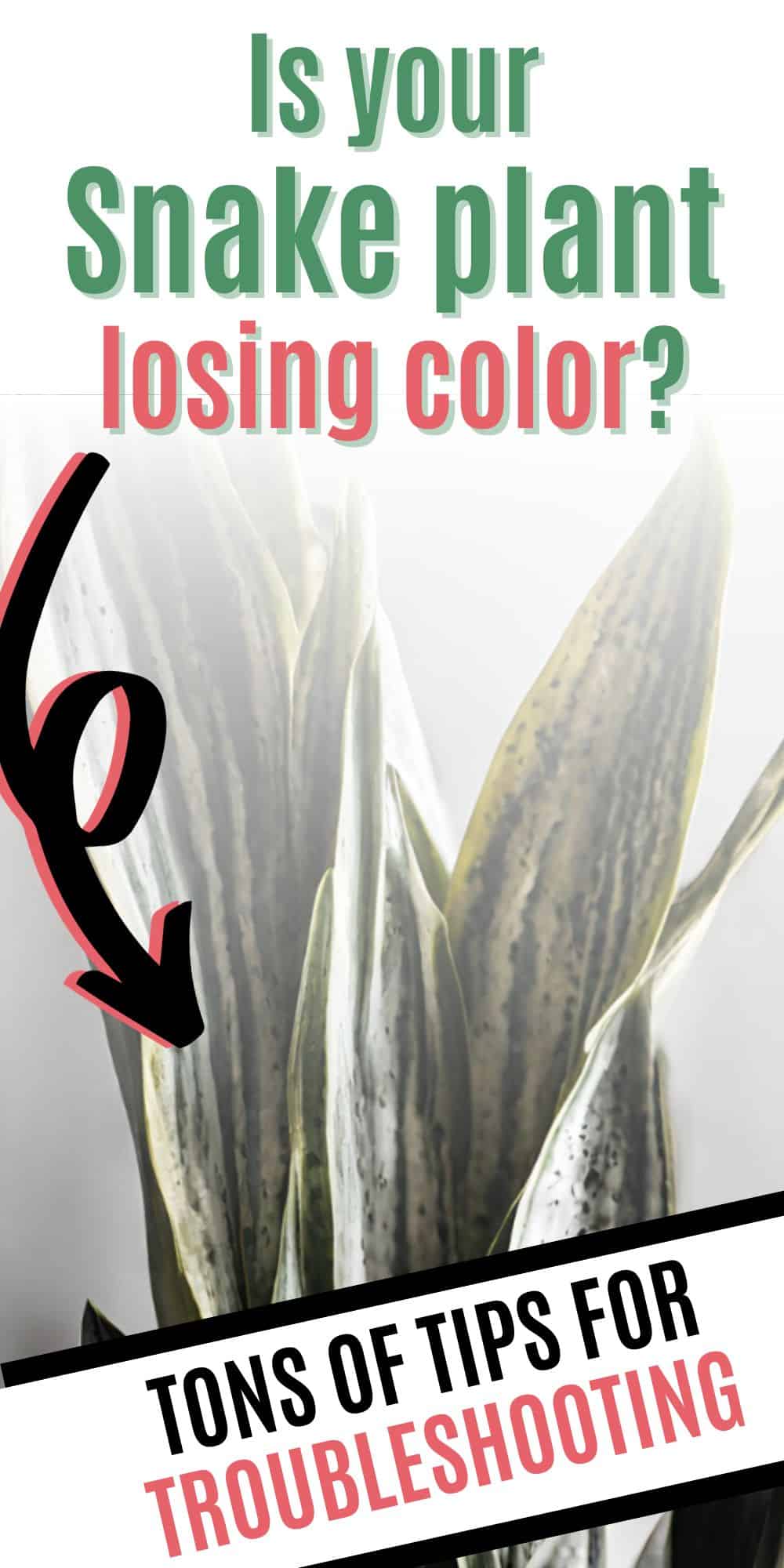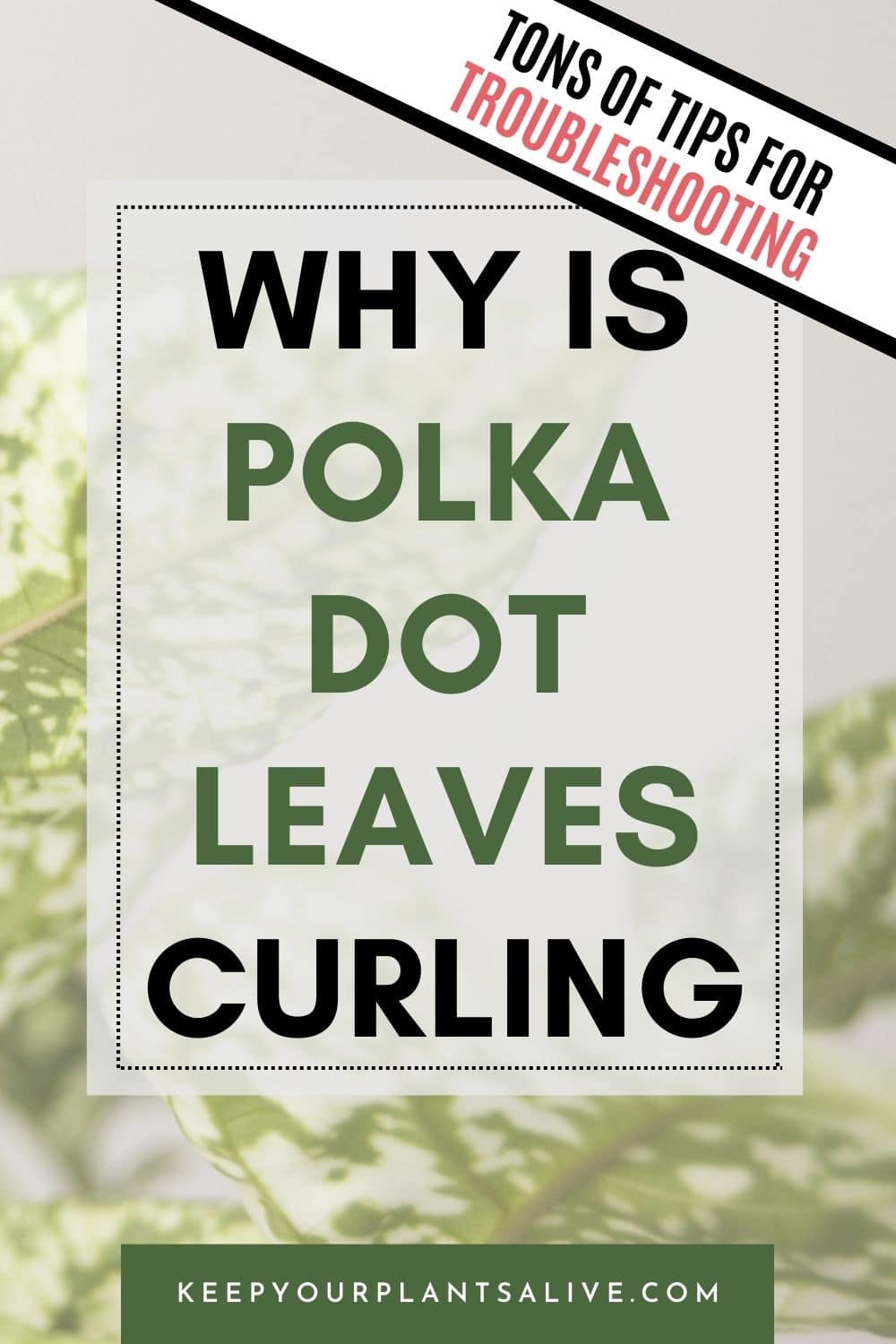Discover how to keep your plants healthy and thriving while you're on vacation with our comprehensive guide. Learn about effective watering systems, caretaker routines, and essential post-vacation care tips to ensure your green friends are well looked after.
Going on vacation is such a treat - you don't want to spend your time out of town worried about your plants!
I know that your plants are your babies, so it's important that you make sure they are well cared for while you are gone.
Let's chat about getting your plants ready for you to go on vacation - and keeping them alive while you are gone!
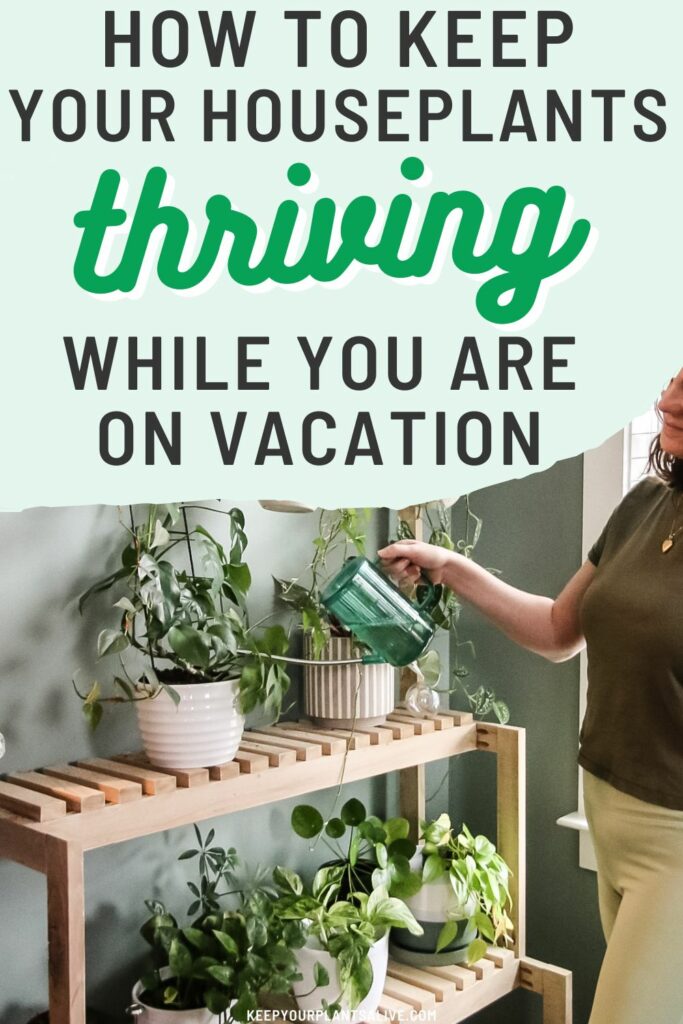
Pre-Vacation Plant Preparation
Preparing your plants for your absence is key to ensuring they remain healthy and vibrant while you're away. Each plant in your home has its unique needs, and understanding these before you leave can make a significant difference in their care.
Here’s how you can ensure your green friends are well-prepared for your time away.
Understand Your Plant's Needs
Before you even start your vacation prep, take some time to assess the specific needs of each plant. Different types of plants require varying amounts of water, sunlight, and humidity.
For instance, succulents and cacti thrive on minimal watering and abundant sunlight, whereas tropical plants might need high humidity and regular watering to stay healthy.
Knowing these needs is crucial not only for daily care but especially so when you're planning to be away. Document each plant’s requirements as this will help you or your caretaker provide the best care.
This step prevents common issues such as overwatering or insufficient light, which can lead to stressed plants by the time you return.

Watering Before You Leave
Watering your plants appropriately before leaving is more nuanced than simply giving them a good soak. The last watering session should be tailored to the needs of each plant.
For example, your moisture-loving plants might benefit from a thorough watering close to your departure, but your succulents and other drought-tolerant plants might only need a slight dampening of their soil.
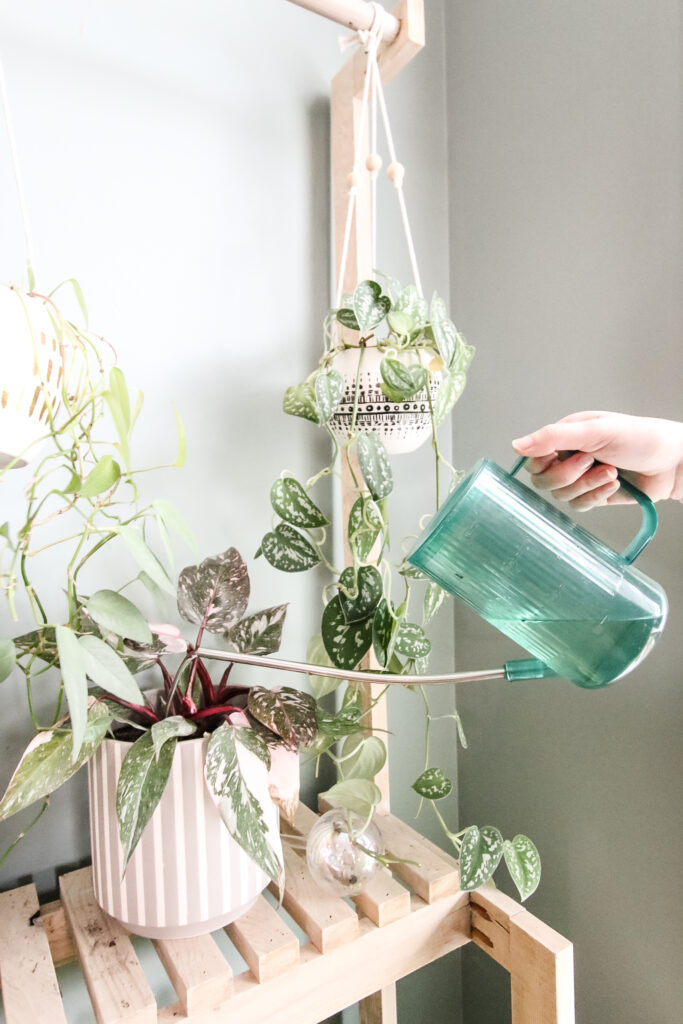
Adjust Plant Placement
Evaluate the placement of your plants. Ensure that each plant will continue to receive the appropriate amount of sunlight in your absence.
Move plants away from spots that receive too harsh sunlight which could scorch them or too little which might stunt their growth.
Also, consider environmental hazards such as air conditioning vents, drafty windows, or heating units.
These can alter the microenvironment around your plants, potentially drying them out faster or chilling them, which tropical plants would particularly dislike.
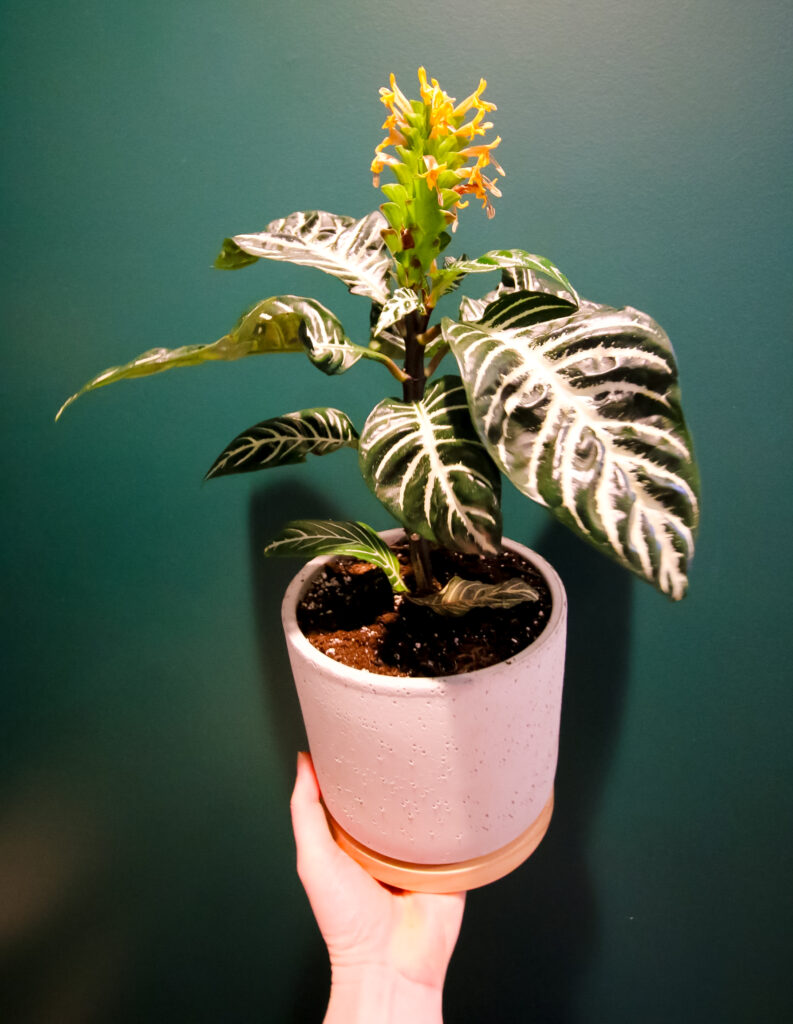
Deciding on a Plant Sitter
Whether or not to hire a plant sitter depends on the duration of your vacation and the specific needs of your plants. If you are only going away for a few days to a week, many plants will be fine with pre-departure preparation.
However, for longer absences, or if you have plants that are particularly high-maintenance or young seedlings, it might be wise to consider a plant sitter.
When deciding on a plant sitter, consider someone who has at least a basic understanding of plant care.
The ideal person should be someone you trust to enter your home and who will pay attention to the detailed care instructions you provide.
If you’re using the downloadable plant care tags I offer, these can be a fantastic aid in conveying the specific needs of each plant, ensuring that your caretaker does not overwater, underfeed, or neglect your plants’ light requirements.
With these preparations in place, you can relax during your vacation, knowing that your plants are in good hands or perfectly set up to thrive on their own until you return.
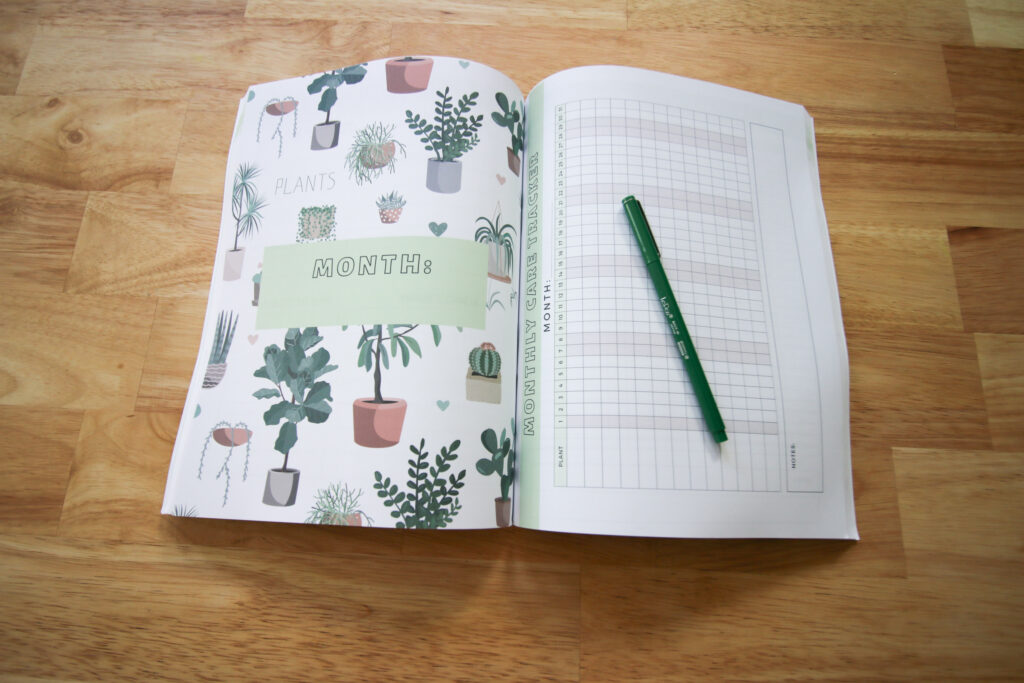
Watering Solutions for Short and Long Vacations
When planning a vacation, one of the biggest concerns for plant owners is ensuring their beloved greenery receives the right amount of water in their absence.
Depending on the length of your vacation and the types of plants you have, there are several effective methods you can use to keep your plants hydrated. Here are some creative and practical solutions.
DIY Wick System
A wick system is a simple, self-watering method that is perfect for both short and long vacations. To set up a wick system, you'll need a container of water and a cotton rope or strip of fabric.
Place one end of the wick into the container and the other end in the plant's soil.
The wick will slowly draw water from the container to the soil, ensuring a steady supply of moisture. This method works well for plants that require consistent moisture.
Wine Bottle Watering
An easy and efficient way to water your plants while you're away is to use an empty wine bottle. First, fill the wine bottle with water. Push the neck deep into the soil near the plant's roots.
This setup allows water to slowly seep into the soil, providing a steady water source that can last for up to a week or more, depending on the plant's size and water needs.

Self-Watering Globes and Systems
Self-watering globes and systems are another excellent option for maintaining proper moisture levels for your plants. These tools are designed to release water into the soil over an extended period.
They are particularly useful for longer vacations. You simply fill the globe or reservoir, and the system will automatically manage the water distribution, ensuring your plants receive water as they need it.
Plant Sitters
For those who prefer a more hands-on approach or have a large number of plants with varying needs, hiring a plant sitter might be the best option.
Plant sitters can provide personalized care, adjusting water levels according to the weather and specific plant requirements. This option is especially good for plant owners who have delicate or high-maintenance plants.
By choosing the right watering method for your plants and vacation duration, you can enjoy your time away without worrying about coming home to unhealthy plants. Each of these methods offers a reliable solution to keep your plants thriving in your absence.
Setting Up a Routine for Your Caretaker
Want to make it as easy as possible for your house sitter? Here are some things that can help them out when caring for your plants:
- Provide Detailed Instructions: Include specific care instructions for each plant, such as watering frequency, amount of water, and preferred method of watering.
- Create a Plant Care Schedule: Outline a daily or weekly schedule for plant care tasks to keep the caretaker organized and consistent.
- Label Plants: Use labels or our downloadable plant care tags to clearly mark each plant with its name and specific care instructions.
- Prepare Necessary Supplies: Ensure all necessary tools and supplies (e.g., watering cans, misters, fertilizers) are laid out and labeled.
- Conduct a Walk-Through: If possible, do a walk-through with the caretaker before you leave to demonstrate any specific care techniques and to familiarize them with your plants.
- Set Expectations for Communication: Request regular updates on plant health, and specify how often you would like to be informed about your plants.
- Leave Instructions for Signs of Distress: Educate the caretaker on how to spot signs of plant distress or illness and what steps to take if they notice any issues.
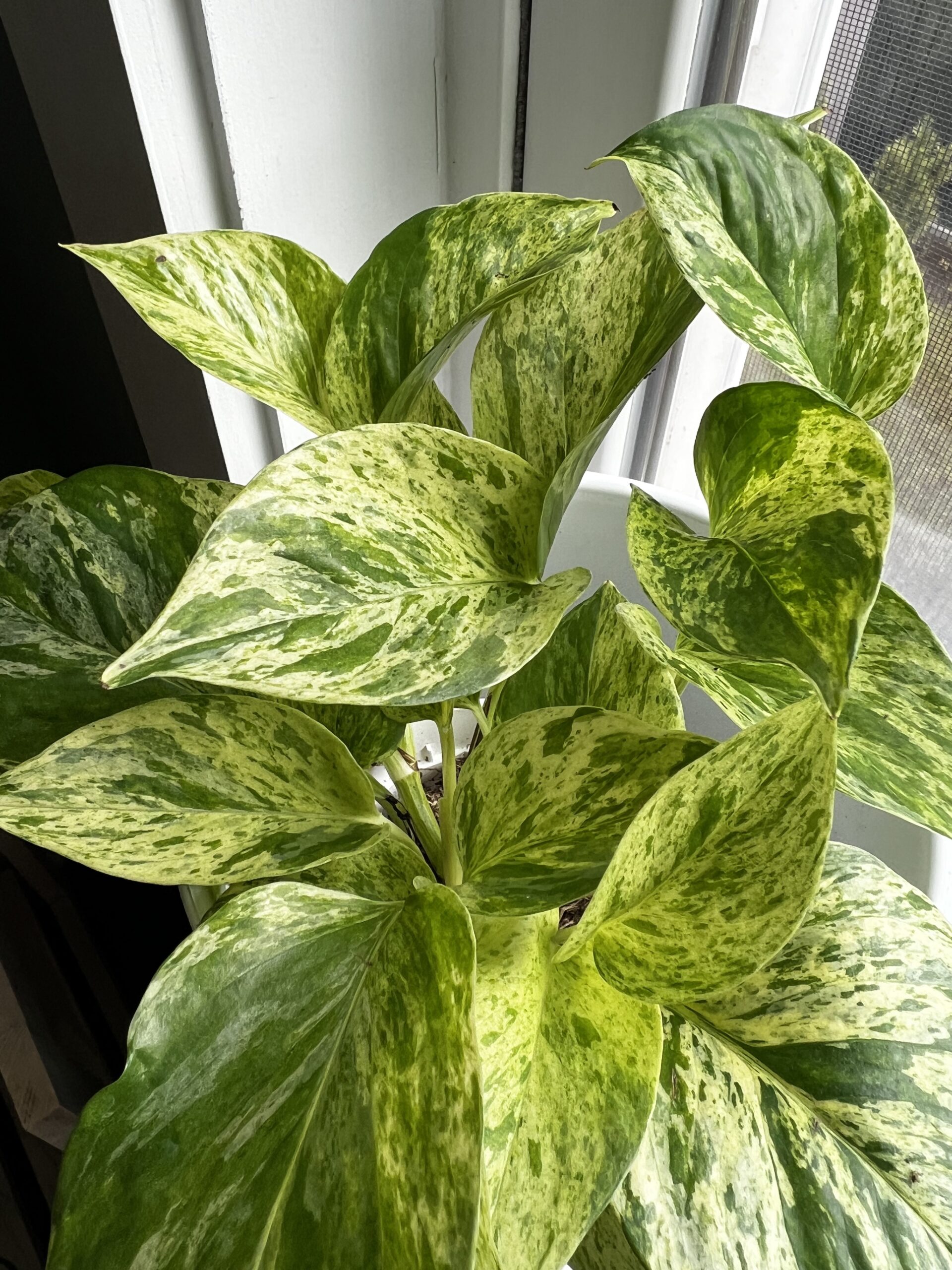
Returning Home: Post-Vacation Plant Care
Coming home from vacation can be relaxing, but it can also be a critical time for your plants, especially if they’ve been without your direct care.
Here’s a guide to help you assess and care for your plants after being away:
Inspect Your Plants
- Assess Water Levels: Feel the soil of each plant. Dry soil will need watering, but be cautious of overwatering plants that may have been neglected.
- Look for Signs of Stress: Yellowing leaves, drooping, or wilting are signs of stress. Note these symptoms as they can guide your recovery plan.
Address Immediate Needs
- Water Carefully: Based on your assessment, water plants that need moisture. Remember that different plants have varying water needs; some might have thrived with minimal care, while others could be parched.
- Prune if Necessary: Remove any dead or dying leaves and stems to help the plant conserve its energy and focus on healthy growth.
- Adjust Plant Placement: If some plants have been moved by a caretaker or shifted to accommodate light changes, consider their original and ideal locations. Make sure each plant is getting the appropriate amount of light.
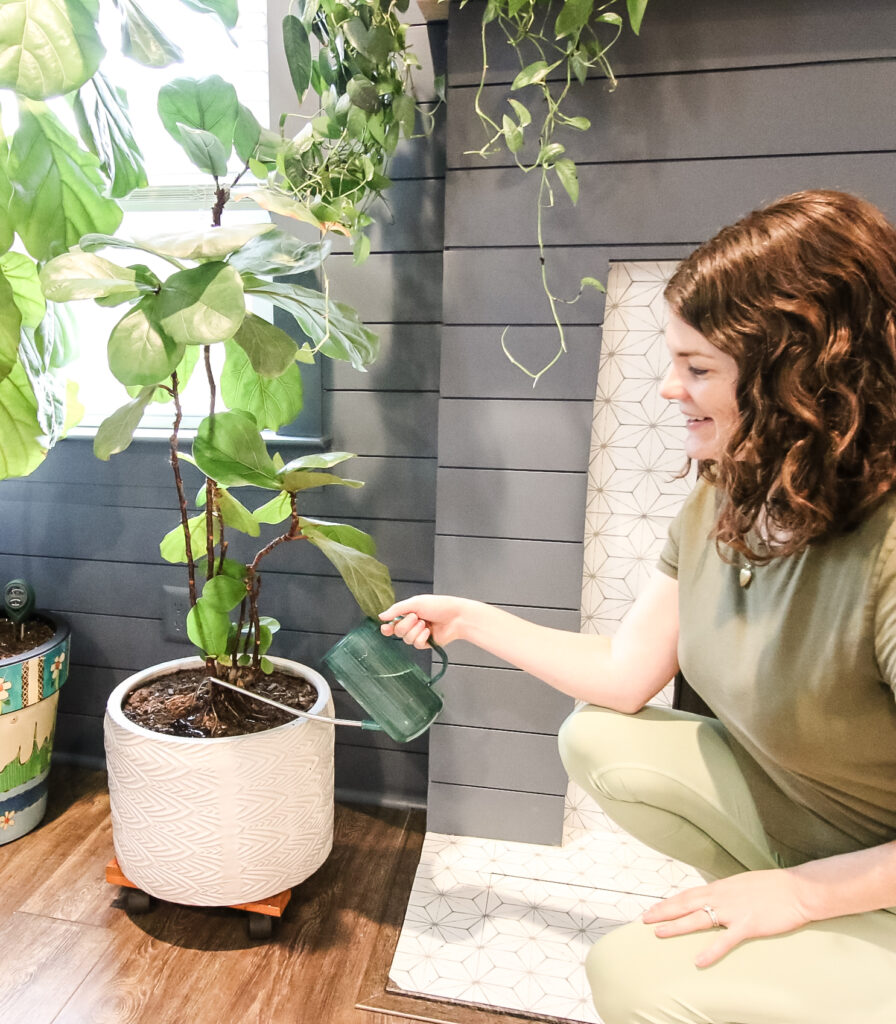
Revive Stressed Plants
- Increase Humidity: For tropical plants, increasing humidity can help revive them. Grouping plants together or using a humidifier are effective strategies.
- Offer Nutrients: If it’s the right season (typically spring or summer), feeding your plants with a balanced fertilizer can promote recovery and growth.
- Be Patient and Monitor: Some plants may take time to show recovery. Keep a close eye on them over the next few weeks and adjust care as necessary.
Make Adjustments for Future Absences: Learn from this experience to refine your approach next time you travel. Adjust watering systems, caretaker instructions, or plant placement based on what worked or didn't.
Returning home to healthy plants is always the goal, and with these steps, you can quickly address any issues and ensure your plants continue to thrive.
Thanks for reading!


Hey there, I'm Morgan, a houseplant enthusiast from sunny Charleston, South Carolina. Growing up surrounded by my mom's lush orchids and African violets, I discovered the magic of bringing nature indoors. Thanks to the pandemic, I delved deeper into houseplants, discovering their power to uplift moods and transform spaces. I'm here to spill all my secrets, helping you pick the perfect houseplant - and make it happy. Let's keep your plants alive, together! 😊

